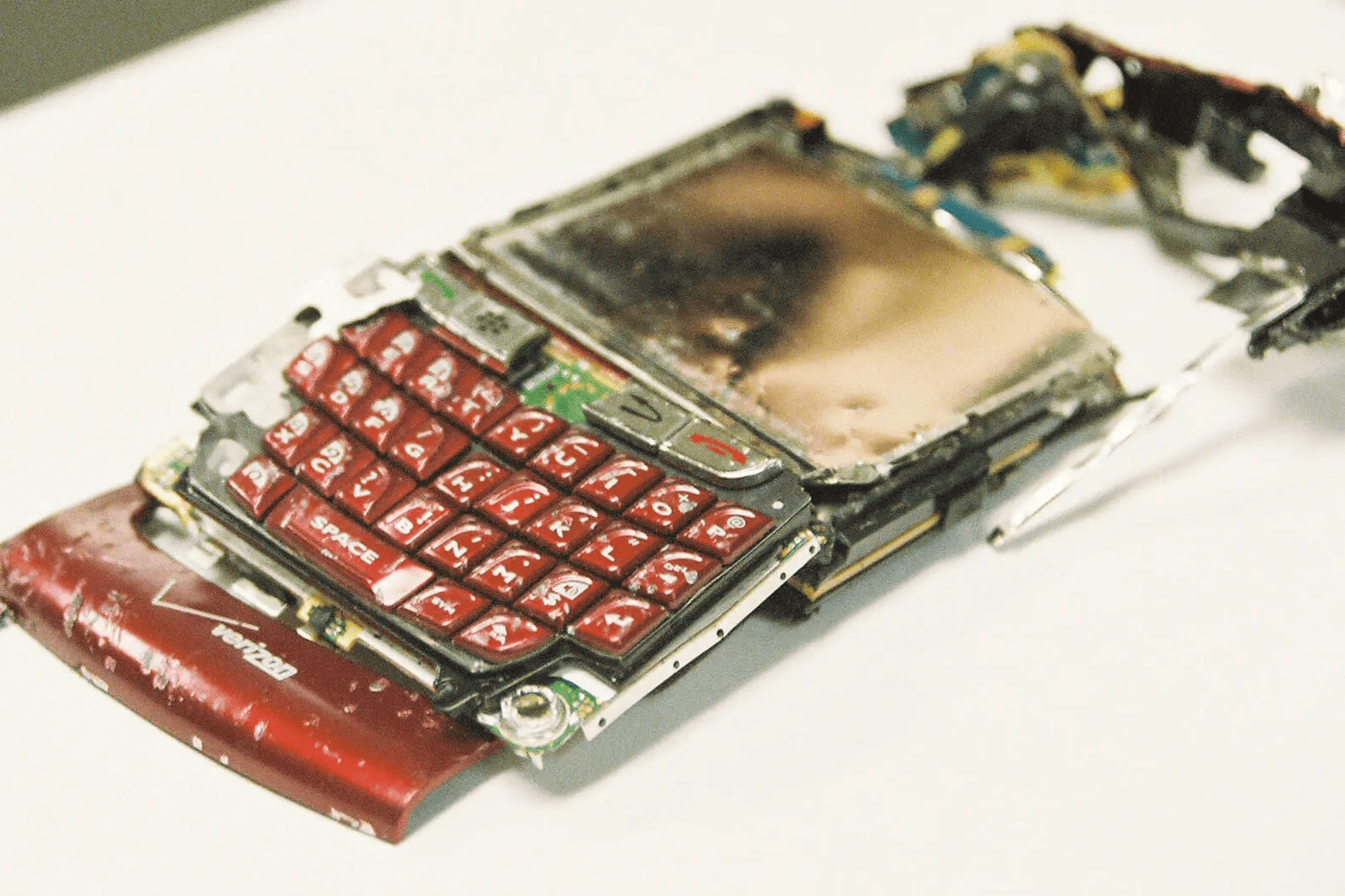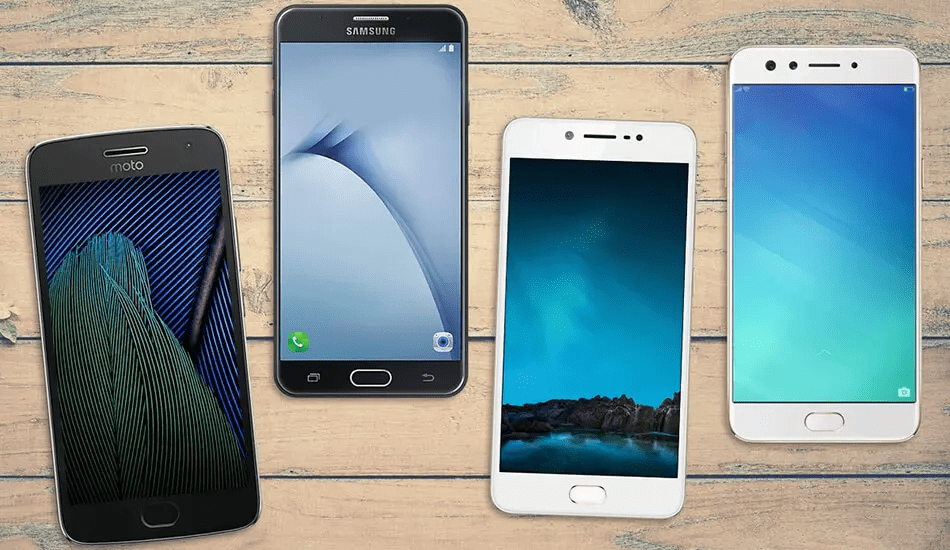The hype around new smartphones has recently been declining. Contrariwise, consumer attention shifted from ideas about new features to ecological issues related to gadget production. How to make the usage of smartphones sustainable? Are consumers ready to buy used phones? How can resellers of used iOS & Android devices prove the quality of their stock?
How smartphones affect the environment
The smartphone you use (and, probably, are using right now) has a tremendous impact on the environment. Not only your particular phone but all smartphones, which have ever been manufactured. According to the 2017 Greenpeace report, up to 80% of the carbon footprint related to gadgets is occurring during the manufacturing phase. It is not a coincidence. First of all, smartphones are produced mostly in China, where coal-powered electricity retains a higher position in the industry. It means the more coal is burned the worse impact on the environment occurs.
Secondly, smartphone production demands rare earth metals. Sometimes miners should dig 34kg of rocks to get only 100g of minerals. Consider the fact that many mining facilities are situated in subequatorial African states, where labor rights are the last thing corporations redress. Therefore, your smartphone is, from some point of view, a blood diamond.

Image by Matthew Hurst via Flickr.com
Last not least, the short lifespan of devices causes pollution of the environment. Take hundreds of million gadgets, which are relatively small and lightweight, leave them around, and voila, we’ve got tons of toxic waste. Almost 60 million tons of e-waste are generated in the world each year.
Therefore, the issue is clear. Has humanity found an appropriate solution?
How to make the usage of smartphones sustainable?
Foremost, sustainable consumption refers to proper decision-making before purchasing a new thing. That means you should ask yourself: what is the primary reason to buy a new smartphone? Is the old one out of style or inconvenient? For users of the latest devices, the answers are usually “no” and “no”.
In fact, high-end smartphones provide a great user experience in day-to-day activities. Speed wireless connection, excellent screens, and sufficient camera settings are the basic features every user likes. The number of camera lenses, display aspects ratio and availability/absence of fingerprint sensor, and face detection are the marketer tricks, the triggers, which stimulate us to purchase a so-called “all-new” version. So, you don’t have to buy a new smartphone if the old one is mostly the same.
If you are sure that the new smartphone is a thing, try to find a trade-in program to get rid of the old gadget. It makes sense for different reasons. From 2016 onward, the flagship models are equipped with high-end chips, screens, and cameras. That’s why even 4-years old smartphones maintain a high residual value today.
After trade-in, used gadgets are passed through a series of tests. Resellers detect and eliminate inner flaws. They used diagnostics software to make things right. Software solutions like NSYS Diagnostics let engineers perform tests in a few minutes. It’s a fast, cost-effective, and reliable method to check used smartphones. NSYS Diagnostics also provides sufficient data about the battery condition and touchscreen quality. After analyzing hardware, resellers could change the outer shell of a gadget to refurbish it up to brand-new condition.

NSYS Diagnostics Dashboard
Are consumers ready to buy used smartphones?
The short answer is “yes”. One in 5 phones sold to Americans in 2018 was used, according to Counterpoint Research. Moreover, the 2018 Nielsen study says that 48% of U.S. consumers “would definitely or probably change their consumption habits to reduce their impact on the environment”. Gen Z consumers are extremely sensitive to environmental issues and, therefore, are ultimately receptive to the idea of sustainable consumption. It means people are ready to buy old gadgets to reduce pollution of the environment and carbon footprint.

The next question is if used smartphones are really worth it. In 2018, Consumer Reports made a survey to find out an answer. 67% of respondents with refurbished phones had no complaints, which is roughly the same as the consumers who bought new models. In other words, there is no difference in user experience after purchasing the most expensive latest device and the pre-owned unit at a bargain price.
Finally, even the current state of the industry has been changing our consumer habits. Every year the prices of flagship models become higher. Now, after launching foldable smartphones, the new anchor price topped the $2000 mark. The most apparent consequence of that change is prolonging the lifespan of smartphones. Most likely, in the near future flagship units would be resold twice or thrice before recycling, just as people sell their cars today.






